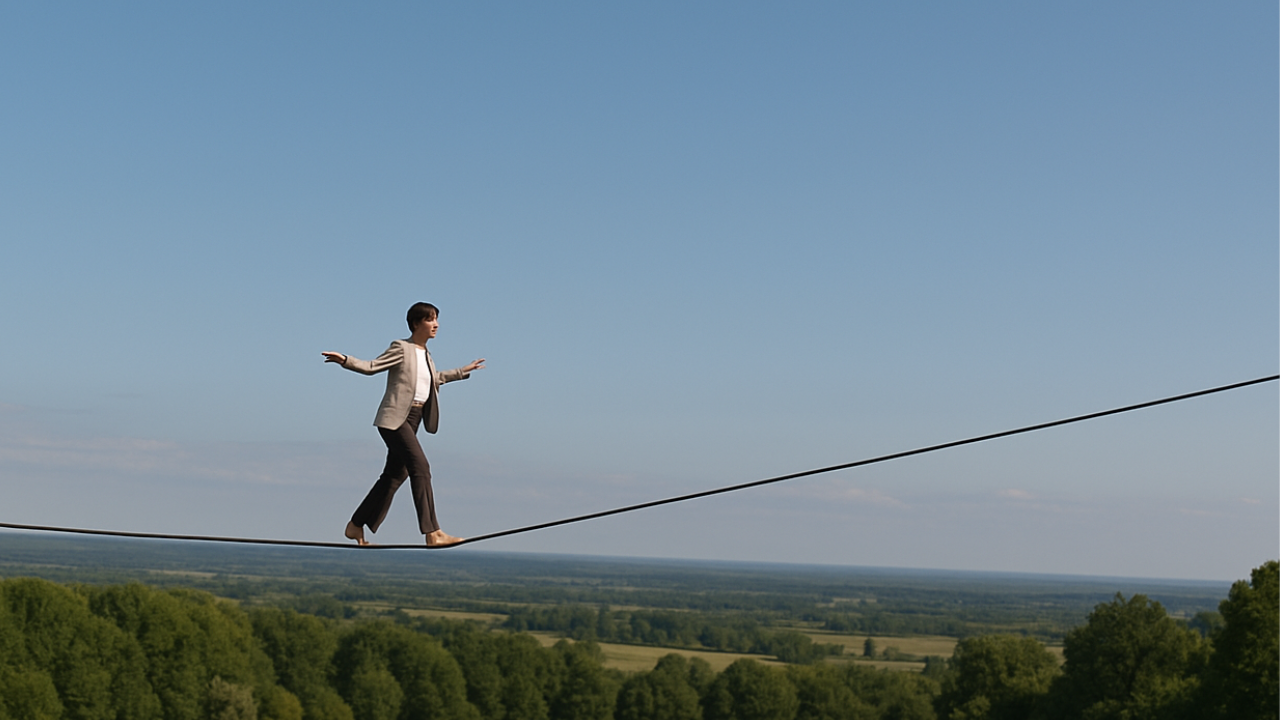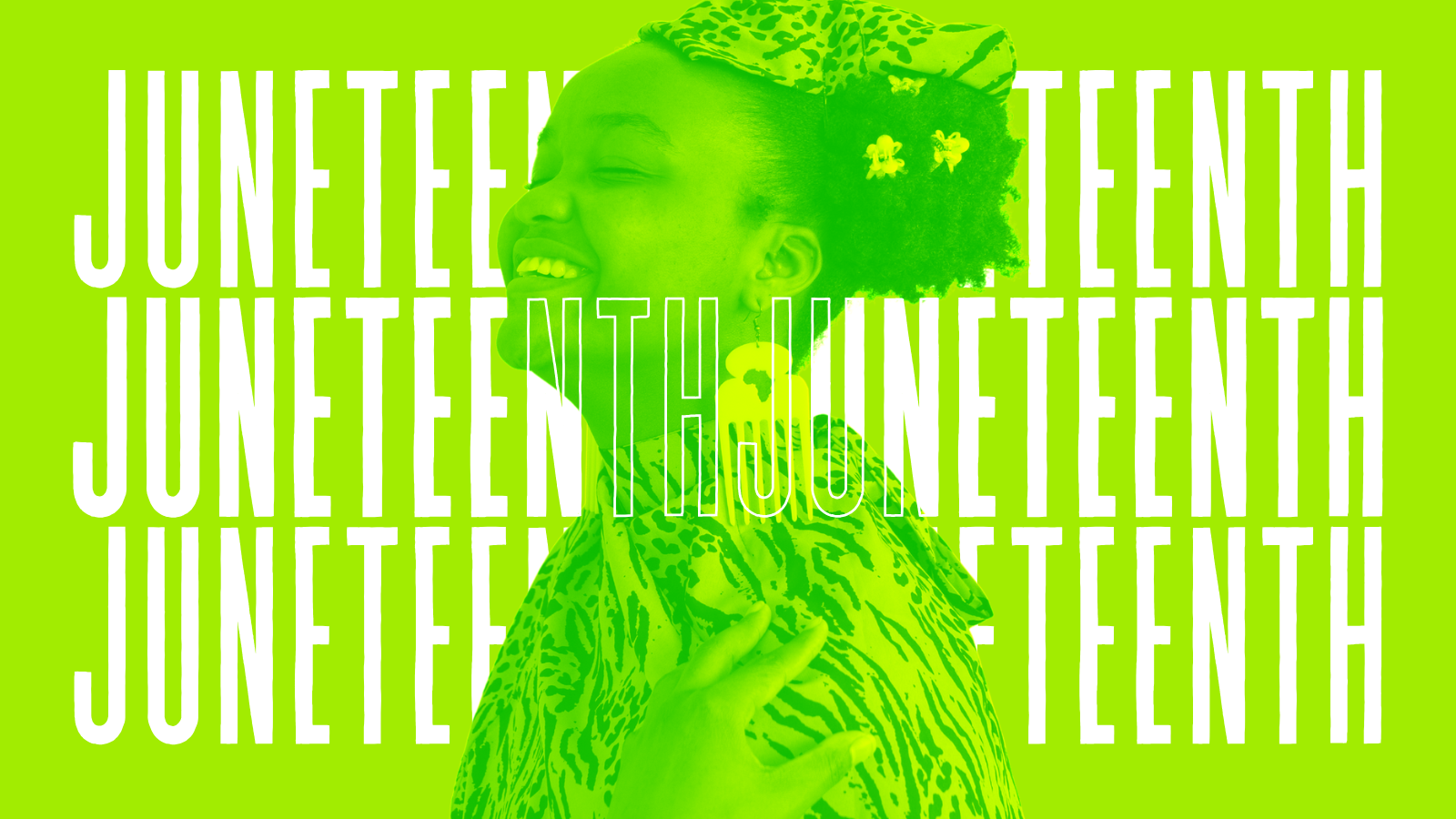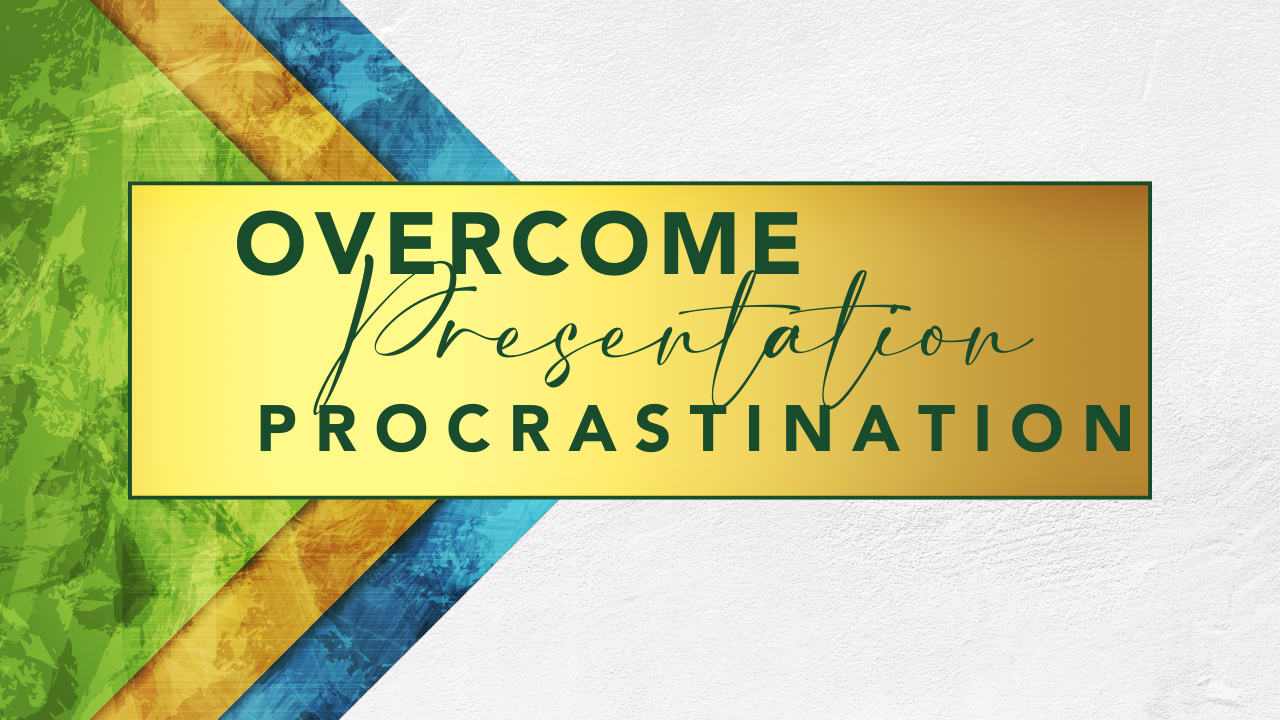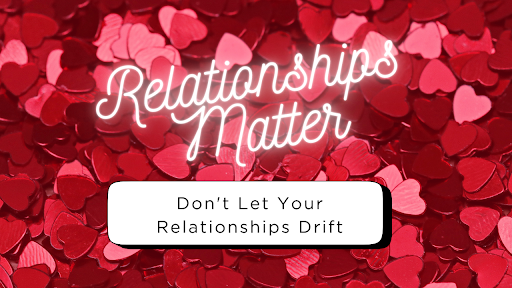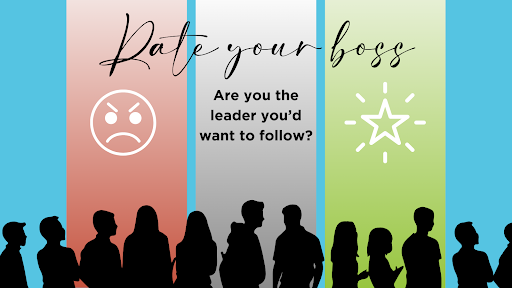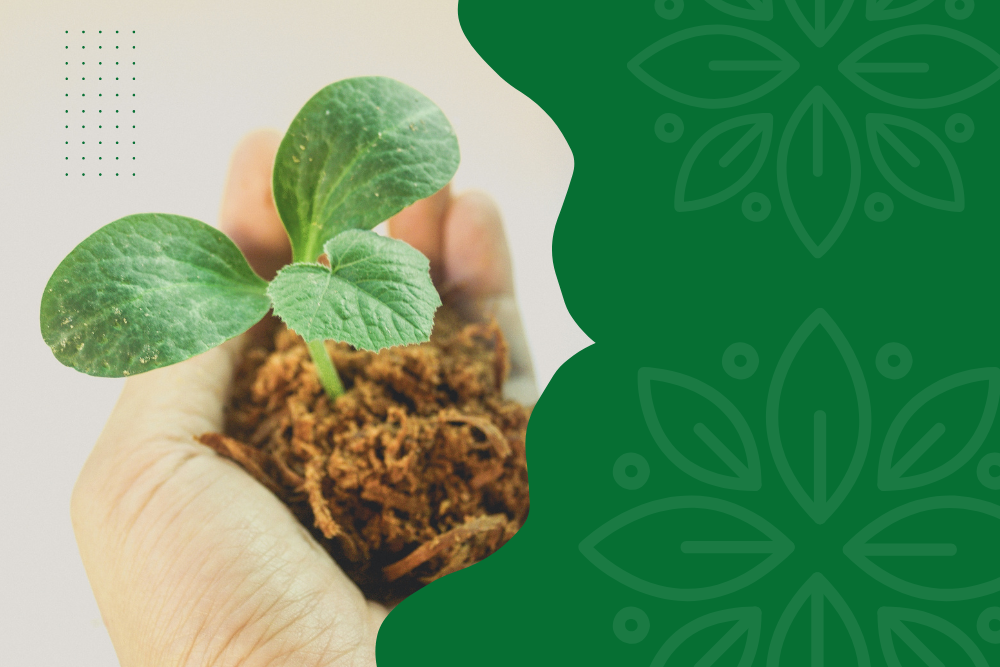Yesterday was a somber day. Another day when an unarmed Black American man was laid to rest after being needlessly killed by the police. Another day when we are reminded that racism exists and it hurts us all.
His name was Rayshard Brooks and he was a father, a husband, and someone’s son. He was a person with hopes and dreams, just like the rest of us. He should still be with us, alive and living his life, supporting his family, loving his spouse, and helping his children grow up to be healthy, happy and productive adults. It’s what we all want. But something went terribly wrong on the evening of June 12, 2020 in Atlanta, Georgia. And it was caught on video, and that video went viral. Seeing that video makes it much harder to remain silent and do nothing.
I wanted to get to know Rayshard Brooks, the man, not just the victim. So I took some time to
watch a CNN interview with Rayshard Brooks recorded before his death. In the interview Rayshard opens up about his struggles with life after incarceration. It’s a touching interview and humanizes an issue that we too often deny, ignore or pretend doesn’t matter. And that issue is racism. It’s time to talk about it. To name it. To interrupt it. That’s the only way we are going to change it. And I for one, want to change it for good.
Good Intentions Are Not Enough
I recently reached out to two of my professional colleagues who happen to be black women and also who are both experts in the field of Diversity and Inclusion. I wanted to express my concern and support, and to find out more about their personal experiences with racism. I was humbled by what they shared. I could feel their emotional exhaustion having retold their stories for the umpteenth time to concerned white friends like me who were calling in.
They shared with me their pain and worry every time their black sons and daughters leave their house, knowing that just being out in the public and having chance encounters with police could put their very lives at stake. Too many mothers and fathers have had to bury their sons and daughters due to the color of their skin. That’s racism and racial injustice at work in this country. It’s a killer. And it’s woven into the very fabric of our society and all of its systems.
The other thing that struck me about my conversation with my two colleagues of color is that they both respectfully but candidly told me that they didn’t think it was the responsibility of black people to educate white people about racism. There are plenty of resources out there to get literate on the issue. The statistics show a disproportionate number of Black and Brown Americans are incarcerated, receive lower wages, have health disparities, die from COVID-19 complications, are targeted for voter suppression, face housing discrimination, attend schools with substandard resources, and more. What causes these disparities? Racism. And it’s been happening for centuries. What made us think racism was no longer a problem?
Be Mindful of Your Messages
Our words have power – to inspire and to motivate, but also our words have the power to hurt and suppress others. And sometimes we communicate without thinking. Often we are completely unaware of the impact of the messages we are sending with our words, body language, actions and inactions, decisions and assumptions.
For example, I recently received an automated email response from a mid-sized consulting company after I downloaded their generous offer for a free business planning tool kit. The email was written in the voice of, and signed by, their Chief Executive Officer. It was a well-written piece of sales communication, until I got the postscript notation at the bottom.
Here is the copy that was included in that email communication:
P.S. If you have not already, please whitelist us to ensure safe delivery of this entire series to your inbox!
Whitelist? Where did that phrase come from? A colleague informed me that the terms “blacklists” and “whitelists” are common terms used in email marketing. She explained that “blacklists refers to spammers and therefore the opposite would be whitelist for safe users, non-spammers. She told me that email marketing companies have used these terms. Some have updated the term to “safelist.”
In doing a little more research, I found an article posted on the website for the
Journal of the Medical Library Association (JMLA). In the upfront Abstract of the article, they provide this overview: “…the widespread use of racist language in discussions concerning predatory publishing. Examples include terminology such as blacklists, whitelists, and black sheep. The use of such terms does not merely reflect a racist culture, but also serves to legitimize and perpetuate it.” They make the point in the article that “racism in such ‘black is bad, white is good’ metaphors is inappropriate and needs to cease.”
There terms “Blacklist” and “Whitelist” strike me as a microaggressions. And we can easily change them IF we have the courage to interrupt racism.
So, I decided to respond to the CEO of a company who sent me this otherwise helpful automated email communication. My goal was not to criticize or ridicule or shame, but to create an opportunity to become more aware and interrupt racism. Here’s what I said in my reply:
"I noticed in your email/newsletter that you referenced a term “whitelist us” – as opposed to “blacklist us.” I would encourage you to change that phrase as it feels like a micro-aggression ( White = good; Black = bad) and might unknowingly reinforce racism/stereotypes/bias. How about changing it to “safe sender” – that’s a technical term that is more neutral and less offensive. I hope this suggestion doesn’t offend you. I’m doing my best as a white person to ‘interrupt racism.’ Name it. Talk it. Change it.”
I have not yet received a response from the company to my suggestion. But it sure feels good to have the courage to interrupt racism and create an opportunity to change our communication and behavior.
Start by Interrupting Yourself
Understanding and accepting the truth about the systematic nature of our problem with racism will take more than consciousness raising, protests, T-shirts or hashtags. It will require each of us to put in the time and effort to educate ourselves on the issue of racism and its impacts and implications. It demands that we become students of change: curious, open minded, tolerant, and willing to go beyond our own discomfort to learn, grow and evolve as human beings.
I’ve come to recognize my own “ignorance” about racism and racial injustice. But rather than feel embarrassed by my ignorance, I have taken it upon myself to learn more about racism, including its history, pervasiveness, and negative impacts.
Be Resourceful
Below are some of the resources that have helped me to educate myself more on the issue of racism. I want to share them with you as they might help you evolve as well. Afterall, we can’t change something unless we understand the root cause of the problem.
Read Articles (not just headlines)
Blog:
The history of the Juneteenth holiday. What is Juneteenth and why did news of the end of slavery take 2.5 years after Lincoln’s Emancipation Proclamation to reach the enslaved people in Texas? Read the the actual words that Major General Gordon Granger wrote on General Order #3 that announced freedom.
Article:
Climate Change Disproportionately Impacts Black Mothers in the US, New Research Shows
Article:
New data released by the CDC shows pregnant black women remain at a higher risk
Sermon written by The Rev. Dr. Andrea Ayvazian, posted on Mount Holyoke College website. Interrupting The Cycle of Oppression: the Role of Allies as Agents of Change
Activism & Allyship Guide. Prepared by the Black@ Airbnb Employee Resource Group
Attend Webinars and Virtual Conversations (not just work related meetings)
A Conversation Between – hosted by the Connecticut Women’s Hall of Fame
Beyond the Statement – free webinar training and conversations on race, diversity & Inclusion and more, hosted by the amazing Karen Hinds.
Free discussion guides are available at
Living Room Conversations. My Rotary Club hosts a monthly living room conversation virtual event as part of our mission to promote peace and resolve conflict in our communities and around the world. Watch this video about what it is like to participate in a living room conversation. Search for their
Race and Ethnicity Series. It’s a powerful experience when you take the time to listen to people whose views are vastly different than your own. It will help to expand your understanding, broaden your perspective, and build new connections.
Watch Different Movies (not just your regular shows)
Amazon Prime is highlighting movies that
Amplify Black Stories. Why not watch some of these films with your family to broaden your perspective and understanding of what it might be like for someone else of a different race than your own. Movies are free if you are Prime member with Amazon
Netflix Releases
Black Lives Matter Collection
as Streamers Highlight Black Storytelling. Netflix users who search the name “George Floyd” on the streaming service will be served up a collection of shows and movies
centered on racial injustice. But subscribers won’t need the search function to find that content: Netflix is promoting the collection, titled Black Lives Matter, to all of its users in the U.S. with a pop-up recommendation urging viewers to browse the titles.
Get Comfortable with the Uncomfortable (until you’re no longer uncomfortable)
Please don’t shy away from this difficult topic because it makes you feel uncomfortable, scared, mad, sad, or any other negative emotion. Embrace the discomfort by taking baby steps towards educating yourself on the topic of racism and the problem it poses to our humanity and society. Before you know it, you too will be working to interrupt racism!



